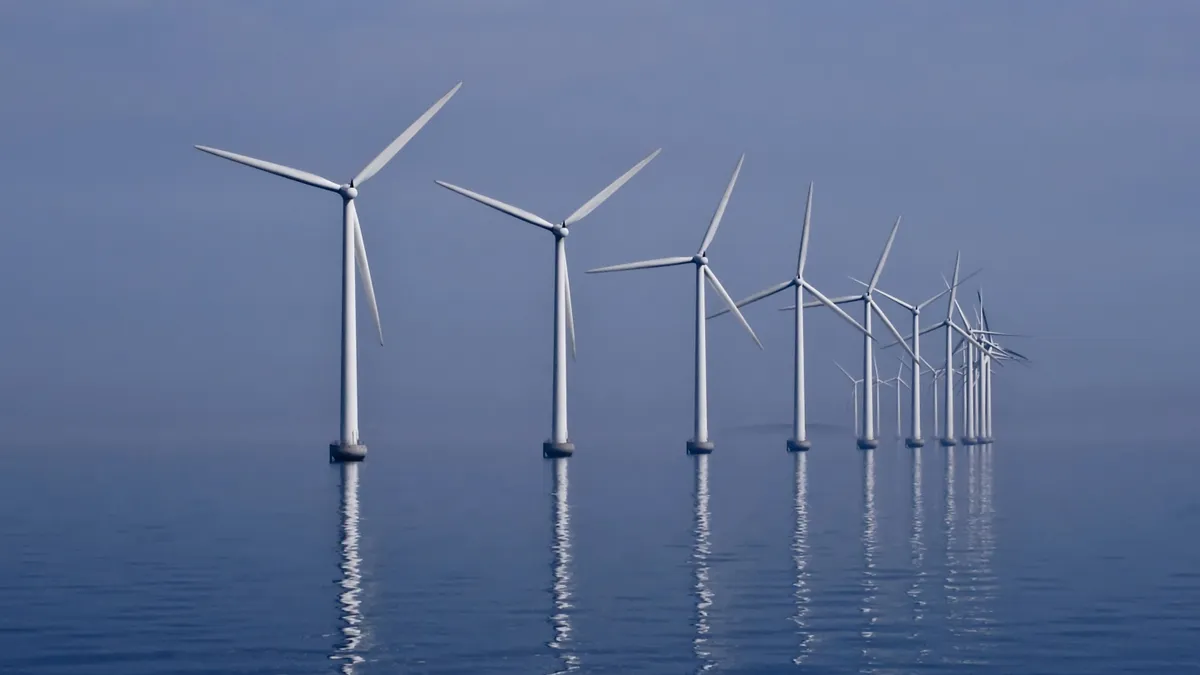Dive Brief:
- Ørsted U.S. Offshore Wind announced on Tuesday an agreement to partner with a logistics center in Maryland to create a 50-acre staging center for offshore wind manufacturing, capable of servicing projects up and down the East Coast.
- The developer will work with Tradepoint Atlantic, based in Baltimore County, to develop a staging area for on-land assembly, storage and loading out into deep waters.
- Ørsted has committed to invest $13.2 million with Tradepoint Atlantic and approximately $200 million in the state of Maryland, according to the press release. The redevelopment of the peninsula is seen as "critical" to the area for bringing back manufacturing jobs, according to the Baltimore County Executive Johnny Olszewski, Jr.
Dive Insight:
Ørsted's partnership represents an important milestone for its 120 MW offshore Skipjack Wind project, off the coast of the Maryland-Delaware border. The project is expected online in 2022 with offshore construction starting as early as 2021, according to Ørsted, ramping up the urgency for critical infrastructure to support manufacturing of this scale and size.
Skipjack Wind was proposed by Deepwater Wind, which Ørsted bought in October 2018. Ørsted committed to creating 1,400 jobs in the state, and the development of the staging area will add to the full-time jobs needed during construction and operation.
"This new center will create good-paying jobs, leverage Tradepoint Atlantic's outstanding location and logistical assets, and put Maryland on the map as a global offshore wind industry hub," Claus Møller, Chief Operating Office of Ørsted U.S. Offshore Wind, said in a statement.
Ground-bearing capacity at the port will need to be strengthened to enable the safe use of heavy-lift cranes or transporters for turbine components, which may weigh as much as 2,000 tons, according to the press release.
Ørsted, a Danish energy company, has developed offshore wind throughout Europe where heavy port infrastructure, originally created to support offshore drilling operations for oil and natural gas, already exists. The U.S. Atlantic Coast has seen the largest amount of interest in offshore wind development, but did not allow offshore drilling developments — therefore, the necessary manufacturing infrastructure needs to be installed.














